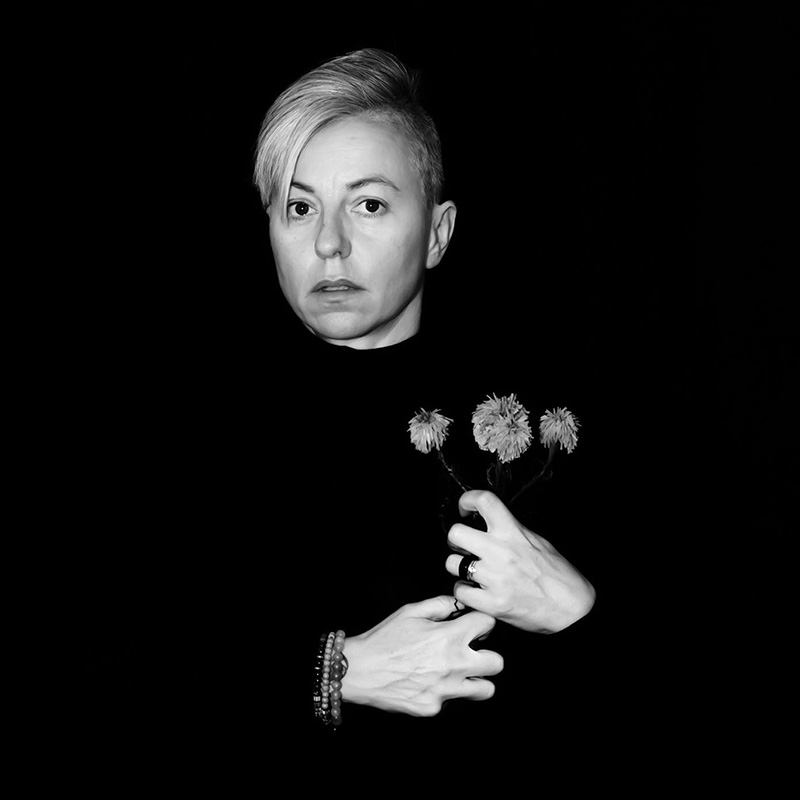French-born visual artist Anna Grevenitis found photography in a meandering way: her formative years were filled with the study and teaching of the English language and literature, but when her daughter was born--and a year later her son--her world naturally morphed into full-time mothering. Drawing on the experiences of the domestic to inform her daily practice, she uses her home as a stage and her body and the body of others in her familial sphere as characters to deliver, in her photographs, the essence of what she wants to express about family and the self. For her work, the act of performing is an essential step in image making. Nowadays she divides her time between research and creation, and she is interested in building long term projects in photography as an act of establishing visual memory and engaging in social visibility. Her photographs have been exhibited both in the United States and internationally.
Statement
REGARD
/ʁə.ɡaʁ/ verb 1. To consider or think of (someone or something) in a specified way.
When my daughter was born, I was told that she had the “physical markers” for Down syndrome. A few days later, the diagnosis of Trisomy 21 was confirmed with a simple blood test. Today, years later, Luigia is a lively teenager, yet these “markers” have grown with her, and her disability remains visible to the outside world. As we try to go about our ordinary lives in our community--getting ice cream after school, going grocery shopping or walking to the local library--I often catch people staring, gawking, or side-glancing at her, at us. Even though their gaze feels invasive, I perceive it as more questioning than judging, at least most of the time. With this on-going series REGARD, I am opening a window into our reality. To emphasize control over my message, these everyday scenes are meticulously set, lit up; they are staged and posed. The performers are my daughter and me.
The double self-portraits are purposefully developed in black and white, for by refusing the decorative and emotionally evocative element of color, I aim to maintain a distance between us and them. The composition of the photographs expresses routine, domestic acts in which I address the viewers directly: look at us bathing; look at us grooming; here we are at bedtime; this is us on a random day at the beach. In each scene, the viewers are plunged into the outside perspective. At first glance, it may seem that I am offering us as vulnerable prey to their judgment, yet in fact I am guarding our lives, and the viewers are caught gawking--my direct gaze at the camera. My series is very basic in its concept: it shows a child, it shows a mother, it shows them living at home, performing familial acts. Because I believe in the connective power offered by the depiction of domesticity, I hope that REGARD helps the audience rethink some of their assumptions about people living with disabilities and with this, I hope my series finds a humble spot within the movement that helps people with disabilities gain visibility.
